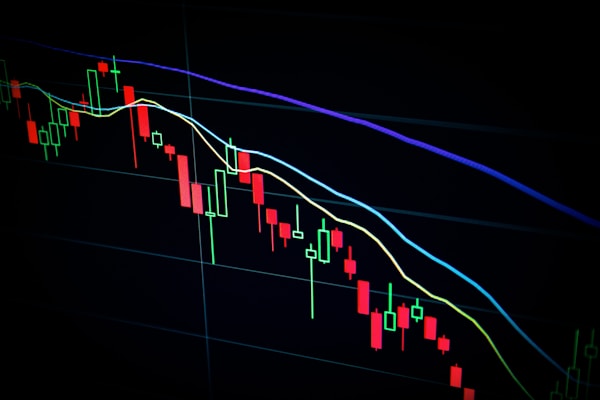As passive investing continues to gain traction among investors seeking diversified, cost-effective, and convenient investment options, exchange-traded funds (ETFs) have emerged as popular choices. Among the top contenders in the Canadian market are Vanguard’s VGRO and iShares’ XGRO. In this article, we will delve deep into the world of VGRO and XGRO, comparing their performance, cost, risk, and overall suitability for different types of investors. By the end of this comparison, you will be better equipped to decide which ETF best aligns with your investment goals and risk tolerance.
Performance: Historical Returns and Growth
A crucial aspect of choosing the right ETF is analyzing its historical performance. While past performance does not guarantee future results, it does provide insights into how these ETFs have fared in varying market conditions. VGRO and XGRO, both launched in 2017, have demonstrated similar returns and growth trajectories. However, slight differences in allocation and underlying indices have led to marginal performance disparities over the years. Investors should assess their risk appetite and long-term goals to determine which ETF’s performance profile best meets their requirements.
Cost: Management Fees and Trading Expenses

When it comes to investing, costs can significantly impact returns. VGRO and XGRO both boast competitive management fees, with VGRO’s management expense ratio (MER) at 0.25% and XGRO’s slightly lower at 0.20%. The difference in fees may seem small, but it can compound over time and affect overall returns. Investors should also consider trading costs associated with each ETF, including bid-ask spreads and brokerage fees. While these costs may vary depending on your broker, it is essential to factor them into your decision-making process.
Risk: Diversification and Volatility
A well-diversified portfolio is essential for mitigating risk and achieving long-term financial goals. VGRO and XGRO both offer broad diversification across various asset classes and geographical regions. However, their asset allocation differs slightly, with VGRO having a higher allocation to bonds and XGRO holding a more significant portion of equities. This difference translates into VGRO having a slightly lower risk profile due to its higher bond allocation. Investors should consider their risk tolerance and investment horizon when selecting an ETF and its associated volatility.
Suitability: Investment Goals and Time Horizons

Both VGRO and XGRO cater to investors seeking long-term growth through a diversified, low-cost, and passive investment strategy. However, the subtle differences in their allocation and risk profiles make them better suited for specific types of investors. VGRO, with its more conservative allocation to bonds, may be better suited for investors with a moderate risk appetite or those nearing retirement. On the other hand, XGRO’s higher equity allocation makes it more appropriate for younger investors or those with a higher tolerance for risk, seeking potentially higher returns.
Rebalancing: Passive Management and Asset Allocation
One of the main advantages of investing in ETFs like VGRO and XGRO is their automatic rebalancing feature. Both funds are designed to maintain a specific target allocation, periodically rebalancing to ensure consistency with their respective investment objectives. This feature allows investors to enjoy the benefits of a disciplined and strategic approach without having to actively manage their portfolios. However, investors should be mindful of the differences in allocation and how these variations may affect their portfolios’ performance and risk profile.
Ultimately, the decision between VGRO and XGRO comes down to an investor’s unique financial situation, risk tolerance, and investment objectives. Both ETFs offer a diverse, low-cost, and convenient investment option, but their subtle differences in performance, cost, risk, and asset allocation should be carefully considered. While VGRO may be better suited for more conservative investors or those nearing retirement due to its higher bond allocation, XGRO might be the preferred choice for younger investors or those with a higher risk tolerance, seeking potentially higher returns.






